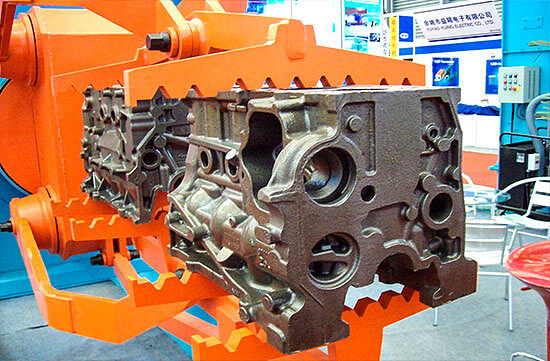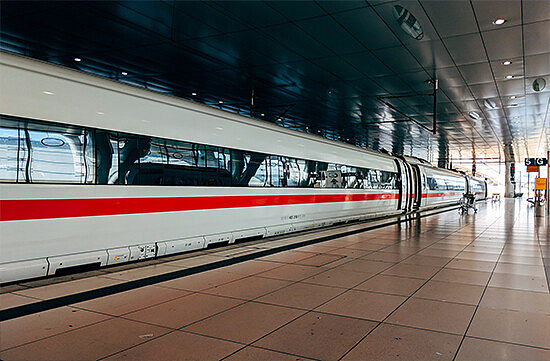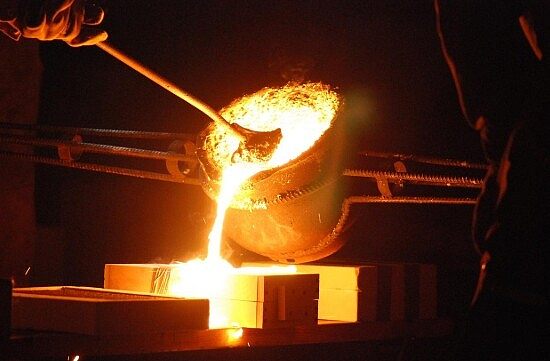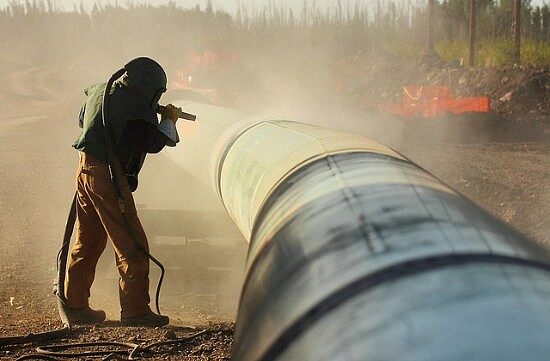/ Cast and Smelt /
- Stainless Steel Plate CleaningTo treat the surface of stainless steel plates to achieve clean, bright, and delicate luster, suitable abrasives need to be used to remove phosphorus from the surface of cold-rolled stainless steel plates. According to the surface of stainless steel plates of different grades, abrasives with different particle sizes and proportions should be selected. Compared with traditional chemical treatment methods, it can effectively reduce the Clean up costs and achieve green and environmentally friendly production.
- Smelting AdditivesSmelting additives play a vital role in the metal smelting process. They remove impurities and gases through physical or chemical reactions with impurities in the melt, and improve the purity and performance of the metal. According to their mechanism of action, these additives can be divided into different types such as adsorption type, reaction type and composite type. Adsorption refining agents mainly remove impurities from the melt through physical adsorption, while reactive refining agents remove impurities through chemical reactions. The composite refining agent has both adsorption and reaction mechanisms, and can purify the melt more effectively.
- Stainless Steel Plate CleaningTo treat the surface of stainless steel plates to achieve clean, bright, and delicate luster, suitable abrasives need to be used to remove phosphorus from the surface of cold-rolled stainless steel plates. According to the surface of stainless steel plates of different grades, abrasives with different particle sizes and proportions should be selected. Compared with traditional chemical treatment methods, it can effectively reduce the Clean up costs and achieve green and environmentally friendly production.
- Sand BlastingShot blasting is a process that uses a high-speed rotating impeller to throw abrasives out to impact the workpiece at high speed to clean the surface; or to distort and deform the crystal lattice on the surface of the workpiece through high-speed impact to increase the surface hardness and strengthen the surface. Before performing shot blasting treatment, comprehensively check the overall condition of the shot blasting machine, and select reasonable current, projection angle, shot blasting speed, etc. according to different models of shot blasting machine. The quality of the abrasive has a great influence on the quality of the workpiece surface treatment. For example, the hardness, particle size, and metallographic structure of the abrasive will all affect the shot blasting effect.






